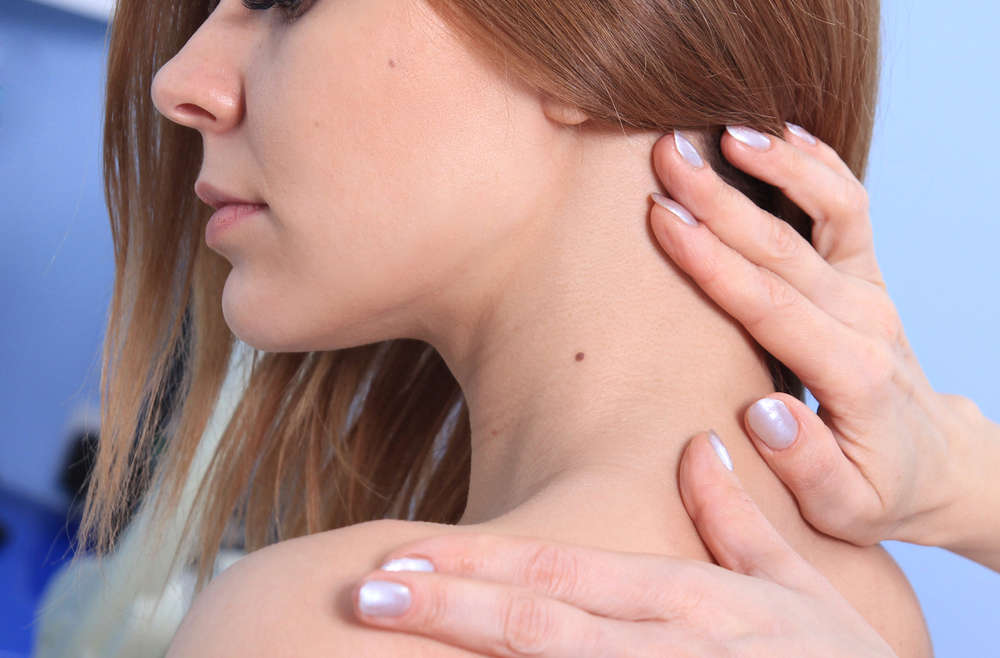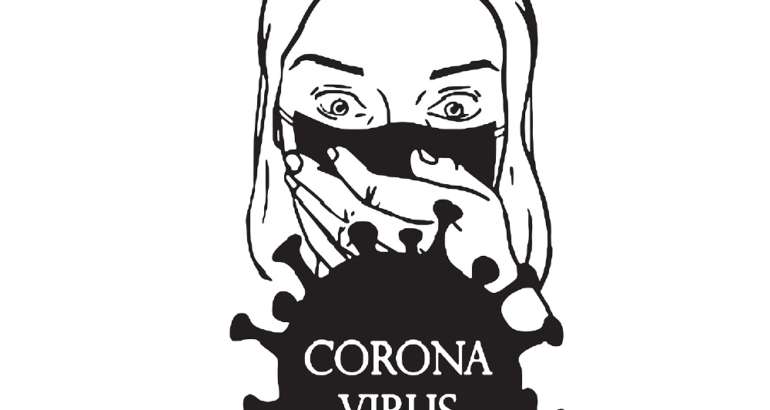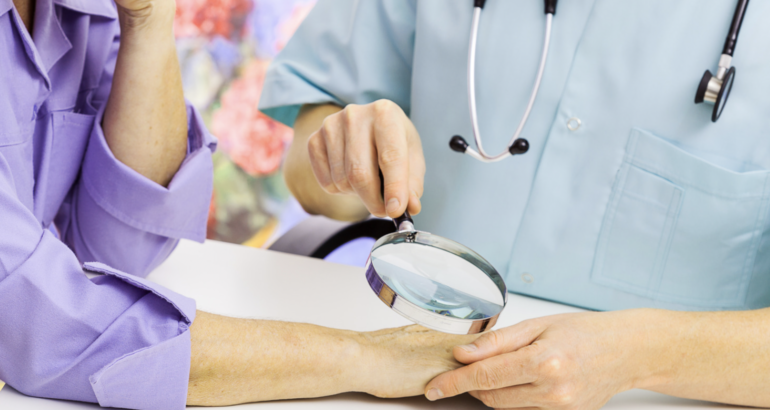Suspicious moles are lesions that have irregular characteristics. While they are not skin cancer, they can be a warning sign for melanoma. In fact, individuals with 10 or more atypical moles have 12 times the risk of melanoma.
That’s why it’s so important to know your skin and take measures to protect it.
Continue reading to learn all about suspicious moles, including the causes, warning signs, and necessary precautions you should take.
What Causes Atypical Moles?
While the exact cause of atypical moles is unknown, they are believed to be the result of genetic and environmental factors.
As such, it’s essential to be aware of any family history of melanoma and limit your exposure to harmful agents like UV rays.
How to Spot Suspicious Moles?
When assessing your skin for suspicious moles, look for any growths that show signs of:
Asymmetry
Borders that are irregular or uneven
Color variations. Suspicious moles often have different shades of brown, tan, or black.
Diameter greater than the size of a pencil eraser, which is approximately ¼ inch in diameter.
Evolution in appearance. If the mole looks different in terms of size, shape, color, or elevation, you should contact your dermatologist right away.
How to Protect Yourself
Given the fact that suspicious moles can be a warning sign for melanoma, it’s important to take necessary precautions.
Self-exams allow you to evaluate your skin for new or changing growths. Pay special attention to any lesion that displays ABCDE melanoma signs or a bump that itches, bleeds, crusts, oozes, swells, or causes pain.
Finally, take care to consistently apply a broad-spectrum sunscreen with at least a 30 SPF and wear protective clothing, including wide-brimmed hats.
Want Additional Information About Suspicious Moles?
To learn more about atypical moles and melanoma, please call our office today to schedule a comprehensive consultation with one of our highly skilled and experienced providers.



